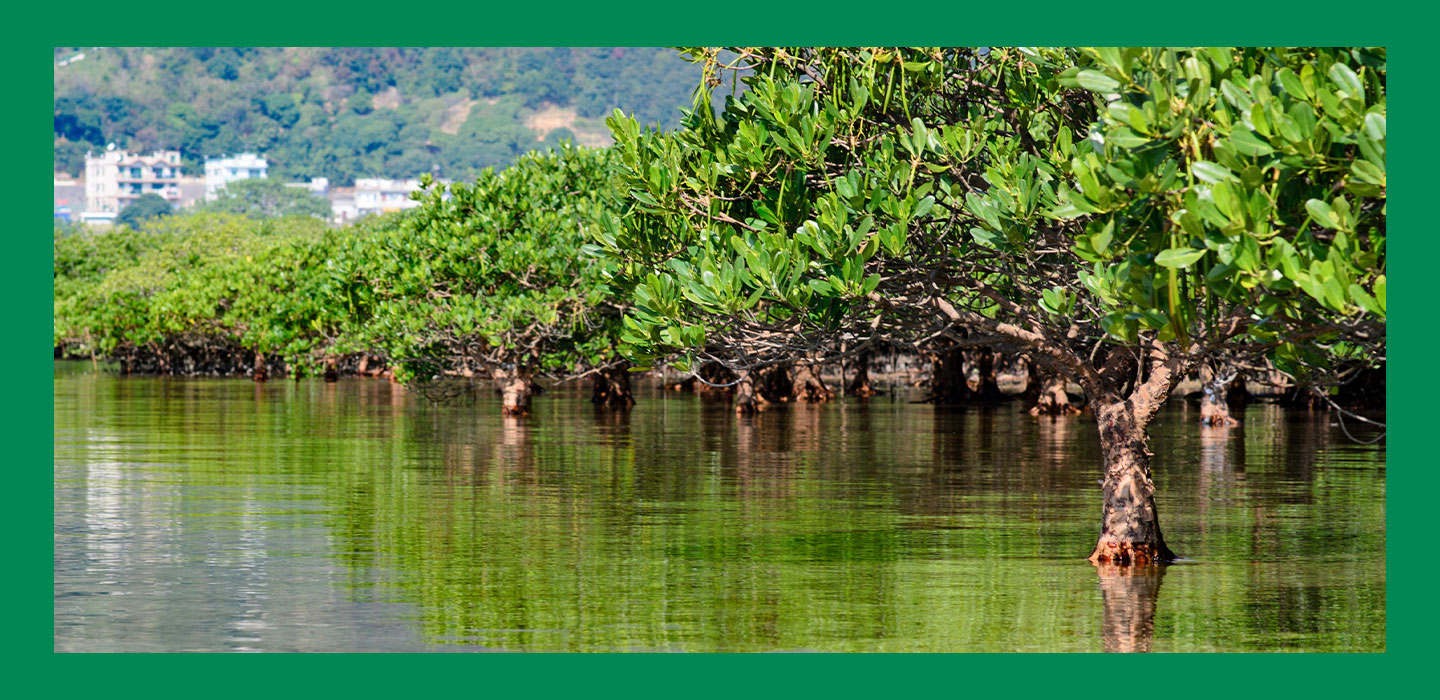
Mangrove conservation | Kyle Obermann x Hong Kong Stories
Green China, Our Hong Kong
播放影片
Mangroves shelter incredible biodiversity and sequester carbon at up to four times the rate of terrestrial forests. But their existence is threatened.
SCRIPT
Mangroves shelter incredible biodiversity and sequester carbon at up to four times the rate of terrestrial forests. But their existence is threatened.
Hi, I’m Kyle Obermann, Nature Contributor for the China Current, showing China’s wild side.
I’ve been working with mangroves since the start of my career in China. It’s been an eye-opening privilege. Mangroves are trees that thrive along the coast, in partially or completely submerged areas. They stabilize shorelines, protecting coastal communities from rising water. In short, they are essential. But since the 1980s, global mangrove area has decreased by 35%.
Last month, China hosted the first high-level global forum on mangrove protection. Representatives from 29 counties attended, including those from international organizations like the UN. The end result was the launching of the International Mangrove Conservation Fund by the Shenzhen Mangrove Wetlands Conservation Foundation and the Ping-An Group, which aims to promote international cooperation, research, and restoration for global mangrove projects.
This move is inline with China’s recent efforts to preserve mangroves across the country. Shenzhen, where the forum was hosted, has restored over 43 hectares of mangrove forests in the last 10 years. Across China, mangrove area has increased by over 7,200 hectares since the turn of the century.
But these gains have not been smooth nor easy. While mangroves in China increased from 2001-2013, they declined in the years preceding the pandemic. They are still not at pre 1950s levels. However, at the same time, the ecological value of China’s mangroves are increasing, indicating that they are becoming more significant to China’s economy and local livelihoods. This is a positive signal that there will be more efforts to conserve mangroves in the near future.
For example, in the Greater Bay Area, between Hong Kong, Macao, Shenzhen, and Guangzhou, it’s expected that all the land suitable for mangrove growth will be populated by mangrove forests by 2060. This may even expand as efforts to reclaim abandoned aquaculture ponds increase across the area. In 2017, Xi Jinping himself called for greater protection of the country’s mangroves, introducing a plan to convert such ponds across the country to mangroves.
The next step in China’s mangrove conservation plan is to involve more locals from nearby communities. Guangdong Zhanjiang, China’s largest mangrove reserve, is experimenting with getting locals involved in invasive species removal and conservation planning. But this may come at the cost of income from aquaculture. In response, some are looking to Hong Kong’s Mai Po Wetlands as an example of a mixed use conservation area.
Mangroves will be essential for adapting to and mitigating our global environmental challenges this century. As Guangdong–Hong Kong–Macao Greater Bay Area tackle the challenges of mangrove protection and restoration, the world will be watching and learning.
